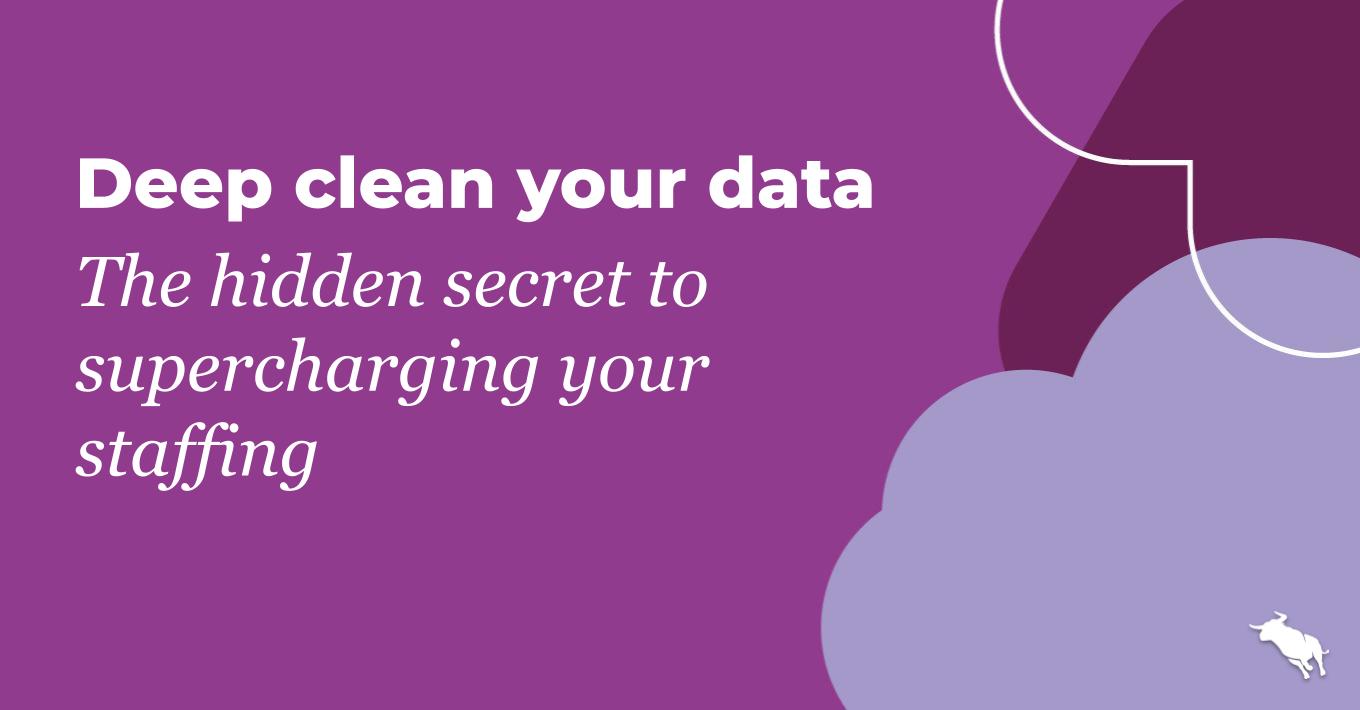![]()
![]()
Data-driven decision-making has become a cornerstone of effective management. The Human Resources (HR) domain is no exception. In 2025, people analytics has emerged as a transformative force, enabling HR professionals to gain deeper insights into employee behaviour, engagement, and performance. This blog explores the growing significance of people analytics, its benefits, and how organisations can leverage it to foster strategic HR initiatives.
Understanding People Analytics
People analytics, also known as HR analytics, refers to the application of data analysis techniques to human resource data. It involves collecting, analysing, and interpreting data to inform HR decisions. By leveraging people analytics, organisations can uncover patterns, predict outcomes, and make informed decisions that enhance workforce management.
The Growing Importance of People Analytics in 2025
The use of people analytics has seen a significant surge in 2025. Several factors contribute to its rising importance:
- Data-Driven Culture: Organisations increasingly recognise the value of data in driving business success. HR departments are now expected to use data to justify decisions and demonstrate their impact on organisational goals.
- Technological Advancements: The availability of sophisticated HR platforms and tools has made it easier to collect and analyse data. These tools integrate seamlessly with other business systems, providing a comprehensive view of the workforce.
- Focus on Employee Experience: Understanding employee needs and experiences is crucial for retention and engagement. People analytics helps organisations identify pain points and areas for improvement, enabling them to create a more satisfying work environment.
Benefits of People Analytics
Implementing people analytics offers numerous benefits to organisations:
1. Improved Talent Acquisition
People analytics can optimise the recruitment process by identifying the traits and qualifications that predict job success. By analysing past hiring data, HR can refine their selection criteria, reduce time-to-hire, and enhance the quality of new hires.
2. Enhanced Employee Engagement
Analysing engagement data helps HR professionals understand what drives employee satisfaction. By addressing factors such as workload, management style, and workplace culture, organizations can implement targeted interventions to boost engagement and morale.
3. Better Performance Management
People analytics provides insights into employee performance trends. HR can identify high performers, understand the factors contributing to their success, and replicate these conditions across the organisation. It also helps in recognising underperforming employees and devising strategies to support their improvement.
4. Reduced Turnover
High turnover rates can be costly. People analytics enables HR to pinpoint the reasons behind employee exits, such as dissatisfaction with management or lack of career development opportunities. By addressing these issues proactively, organizations can improve retention rates.
5. Strategic Workforce Planning
Predictive analytics allows HR to forecast future workforce needs based on historical data. This capability ensures that the organization is prepared for changes, such as retirement waves or skill shortages, by planning recruitment and training accordingly.
Implementing People Analytics Effectively
To fully harness the power of people analytics, organizations need to follow a structured approach:
1. Define Objectives
Clearly articulate what you aim to achieve with people analytics. Whether it’s improving retention, enhancing performance, or optimising recruitment, having specific goals will guide the data collection and analysis process.
2. Collect Relevant Data
Gather data from various sources, including employee surveys, performance reviews, and HR systems. Ensure data quality and consistency by standardising data collection methods.
3. Use the Right Tools
Invest in robust HR analytics tools that can handle large datasets and provide actionable insights. These tools should offer features such as data visualisation, predictive modelling, and real-time reporting.
4. Analyse and Interpret Data
Employ data analysis techniques to uncover trends and patterns. Collaborate with data scientists or analysts to ensure accurate interpretation and meaningful insights.
5. Take Action
Use the insights gained from people analytics to inform HR strategies and initiatives. Regularly review and adjust these strategies based on ongoing data analysis to ensure continuous improvement.
Conclusion
In 2025, people analytics is no longer a luxury but a necessity for forward-thinking organisations. By leveraging data to inform HR decisions, companies can enhance talent management, improve employee experiences, and drive overall business success. As technology continues to evolve, the potential of people analytics will only grow, offering even more sophisticated tools and insights to shape the future of HR.
![]()
For more relevant posts:
- Strategic Planning with Workforce Analytics: How HRIS Empowers HR Managers
- HR Software’s Role in Workforce Analytics and Strategic Planning: Building a Data-Driven HR Team
- Reducing Turnover with Data-Driven HR Software Solutions











